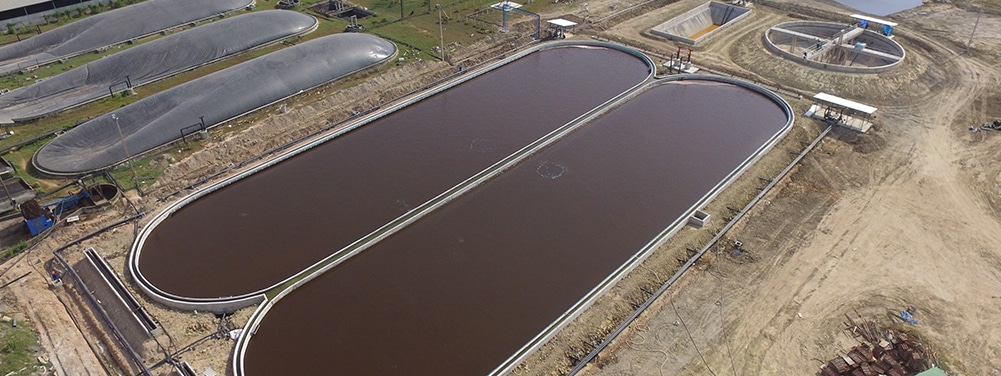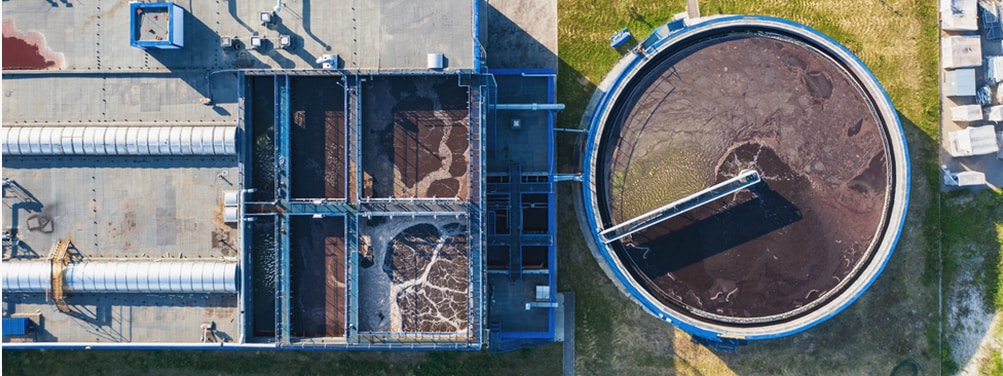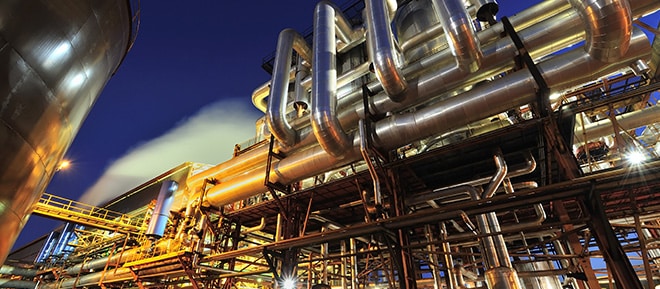
What does an anaerobic pond do?
An anaerobic pond is a type of wastewater treatment system that uses anaerobic bacteria to break down organic matter in the absence of oxygen. Anaerobic ponds are typically used for the treatment of high-strength wastewater, such as that from food processing plants or slaughterhouses.










